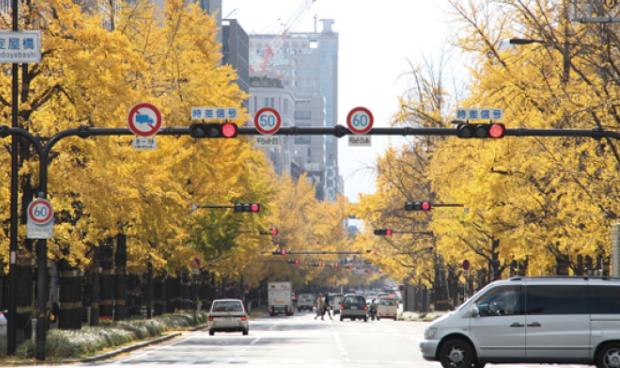Besides facilitating traffic, roads in the Singapore-Sichuan Hi-Tech Innovation Park (SSCIP) provide an opportunity to showcase how comprehensive master planning is integrated with greenery and nature to enhance the urban environment. Drawing reference from several world-renowned roads, each main trunk road in SSCIP and its corresponding landscaping seeks to provide visitors with a different and unique visual treat.
In order to demonstrate the quality and impact of the landscape design, SSCIP implemented a demonstration section along Heying Avenue and South Extension of Hongxing Road in early April.
Currently, three main roads, New Chengren Road, Heying Avenue and South Extension of Hongxing Road are all undergoing of landscape improvements.
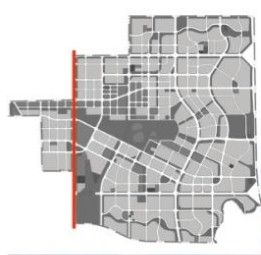
City Express Road—an important pathway, a reflection of a simple, clear, open and elegant image of the city
• Hongxing Road South Extension
Length: 2.7km
Width: 60m (main road and side road are both bidirectional with 6 and 4 lanes respectively)
Greenbelts: 20-30 meters
Speed limit: 60-80 km/h
Positioning: the exhibition gallery of SSCIP to showcase city image
Landscaping Strategy: open, modern
Landscaping Features: international appeal, simple and clear, open and elegant
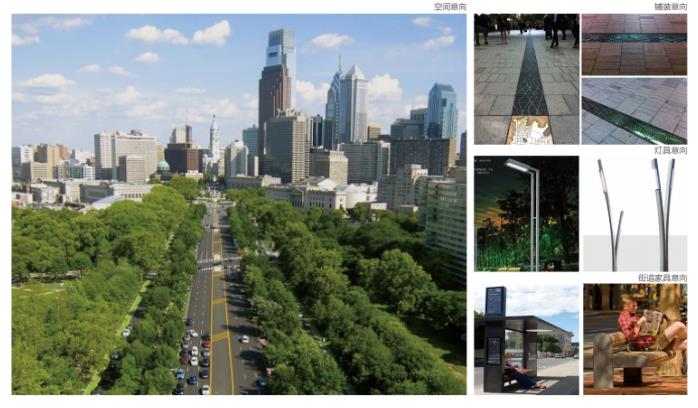
The artist impressions
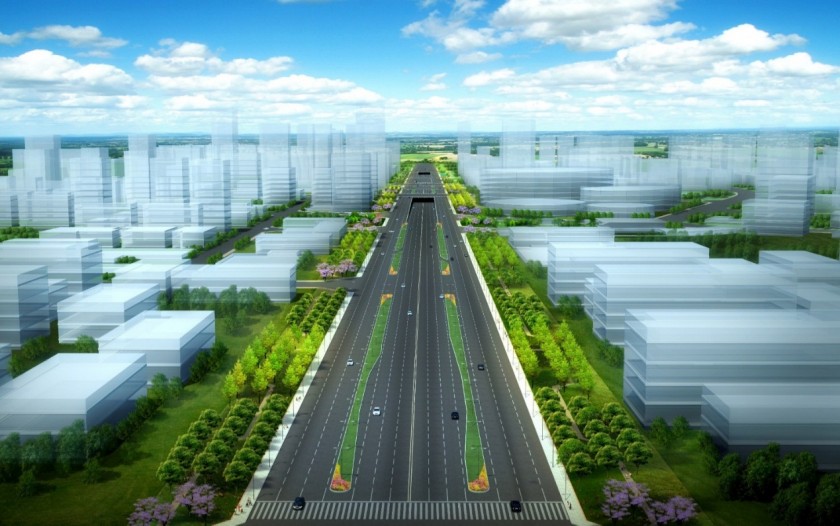
Reference丨Benjamin Franklin Parkway in Philadelphia
Benjamin Franklin Parkway is a scenic boulevard that runs through the cultural heart of Philadelphia, Pennsylvania. Named after favorite son Benjamin Franklin, the mile-long Parkway cuts diagonally across the grid plan pattern of Center City's Northwest quadrant. It starts at Philadelphia City Hall, curves around Logan Circle, and ends before the Philadelphia Museum of Art. In a city famous for its urban planning, the Parkway represents one of the earliest examples of urban renewal in the United States. The road was constructed to ease heavy industrial congestion in Center City and to restore Philadelphia's natural and artistic beauty.
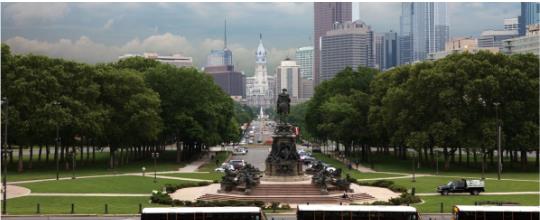
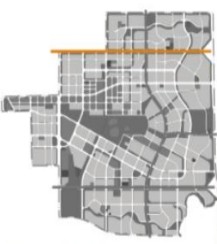
Artery Road—An important medium of external connection, which is a characteristic link that is in various change
• Heying Avenue
Length: 2.9km
Width: 40m (bidirectional with 6 lanes)
Greenbelts: 10m long in the north side and 30m long in the south side
Speed limit: 60km/h
Positioning: a park avenue with natural vegetation
Landscape Strategy: diversified design, recreation and humanity
Landscaping Features: relaxed, pleasant and ecological
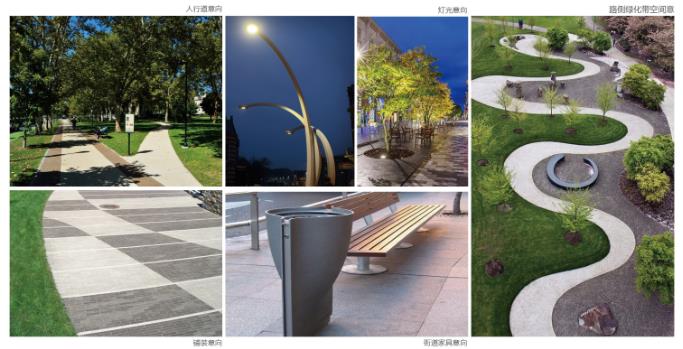
The artist impressions
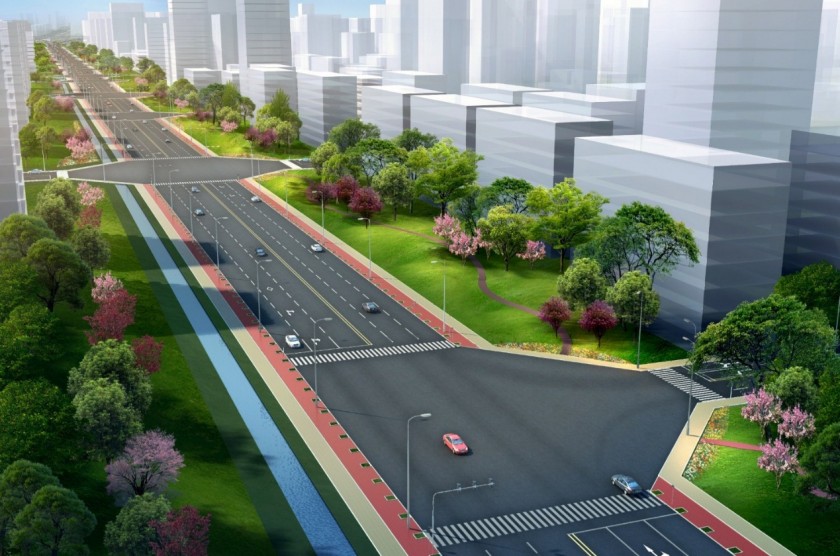
Referenced case丨Beach Road in Singapore
Located in Singapore, the Road itself is not long, yet it gains its reputation by the rain trees planted on both sides of the Road, which echoes the name “Garden City” of Singapore. As the seasons change, the road displays distinctive scenery accordingly. When the rain trees blossom, its breathtaking beauty will definitely leave a deep impression in your memory.
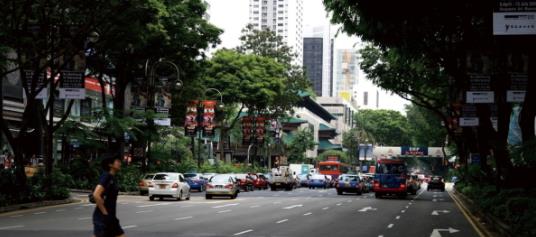
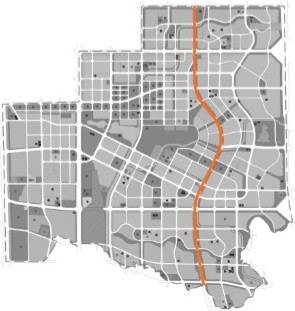
• New Chengren Road
Length: 3.8km
Width: 40m (bidirectional with 6 lanes)
Greenbelts: 20m (each side)
Speed limit: 60km/h
Positioning: a park avenue to showcase culture
Landscape Strategy: variety, harmonious, humanity, seasonal changes
Landscape Features: dynamic, romantic and magnificent, multiple layers, and beautiful seasonal scenery
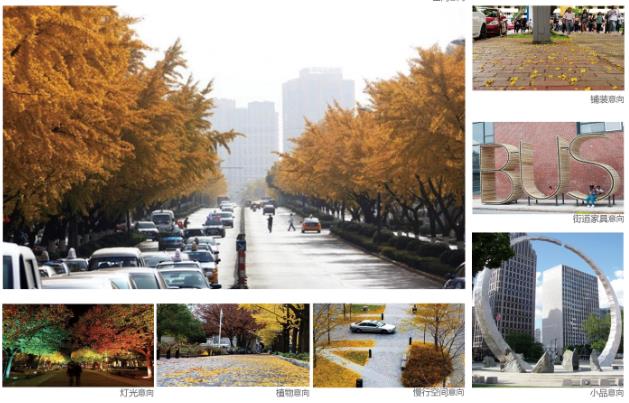
The artist impressions
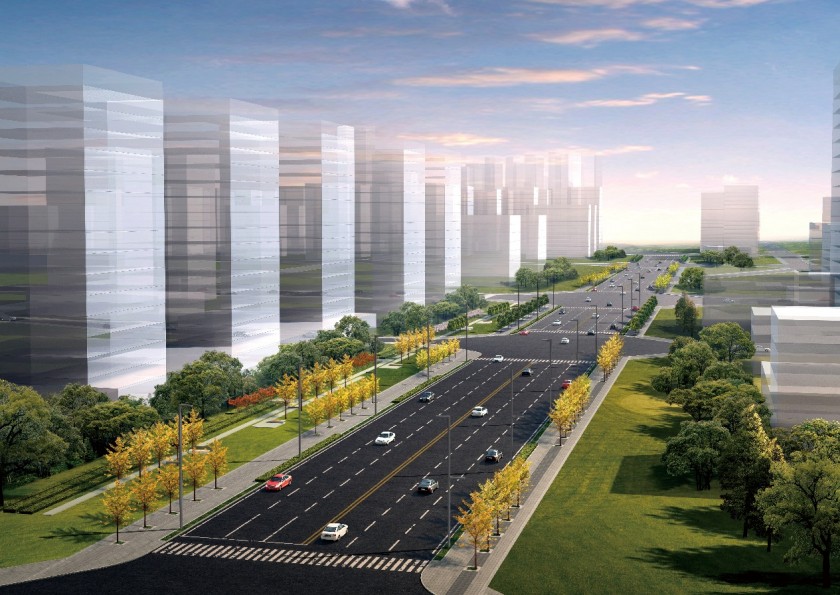
Reference丨Midosuji Avenue
Midosuji Avenue is the main road of Osaka, Japan which connects Umeda in the north and Namba in the south. It is 4,027m long and 43.6m wide. As the most important road in Osaka, there are numerous towering buildings on its both sides with prosperous business activities. Subway Midosuji Line is constructed underneath the Avenue. In the north section, there are Umeda Business Circle and Osaka Station Business Circle; in the south section, there are Shinsaibashi, Dotonbori, Namba Station Business Circle, etc. Together they constitute the traditional core area of Osaka, which is lively and dynamic. In autumn, yellow leaves of Ginkgoes that widely grow on both sides, cover the Avenue like a blanket and stretches for miles, which is truly a feast for the eyes. The Avenue boasts one of the most famous road landscapes in Japan.
